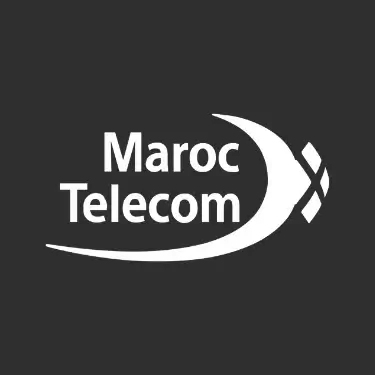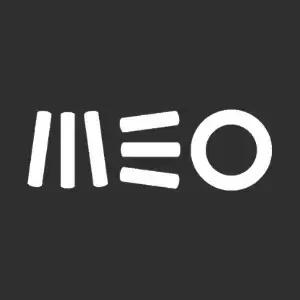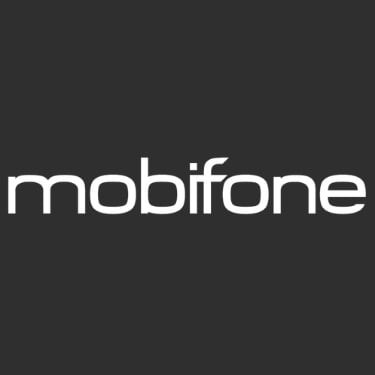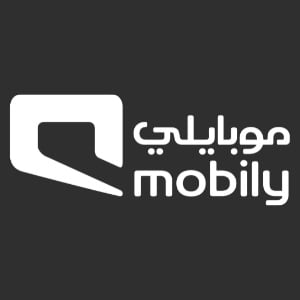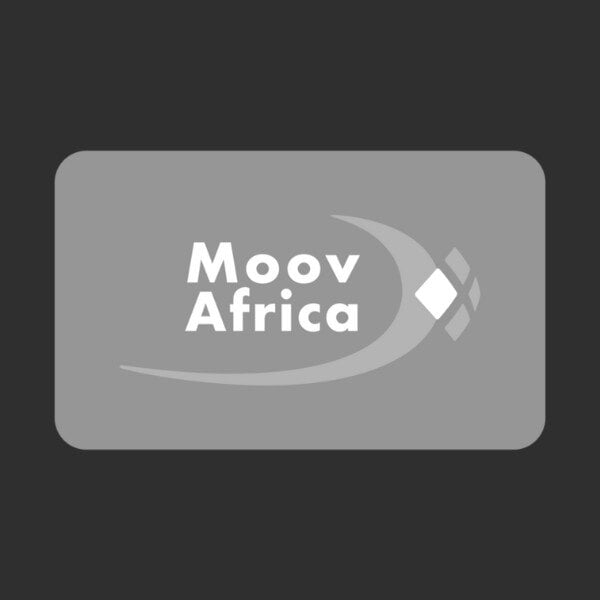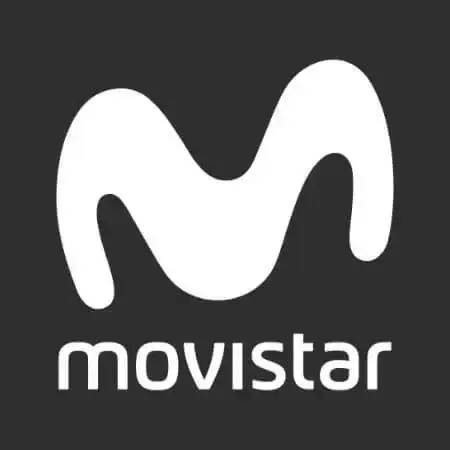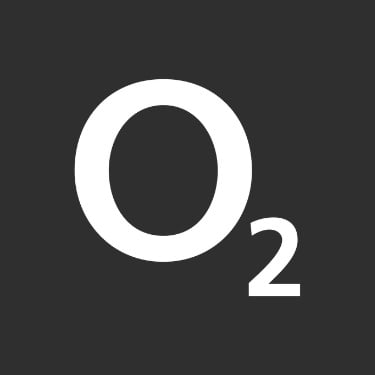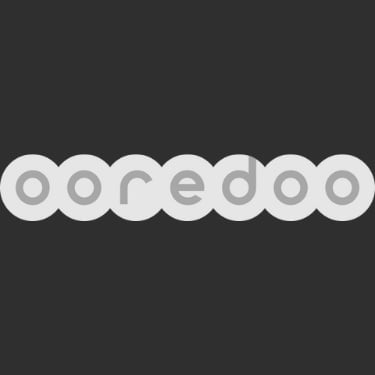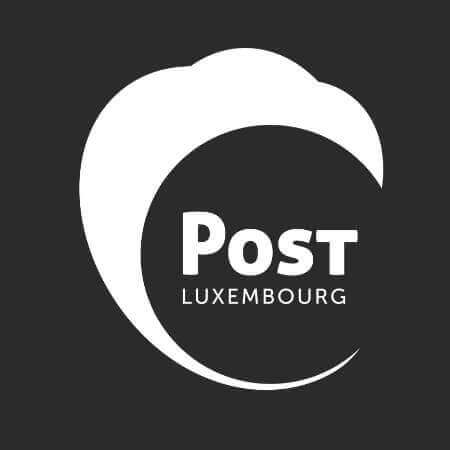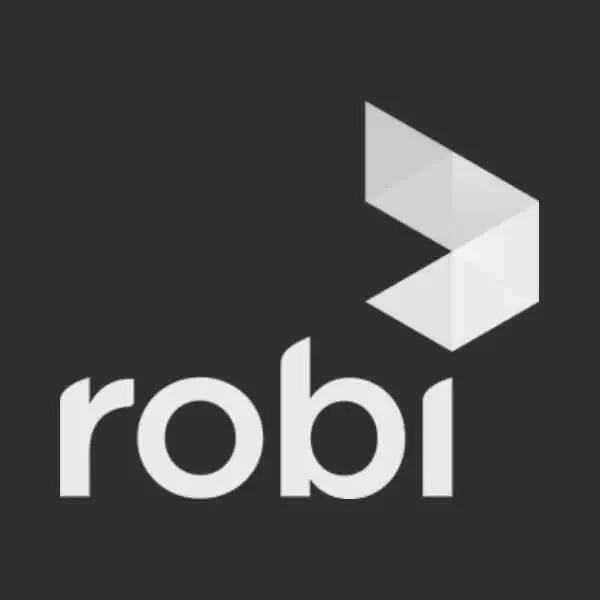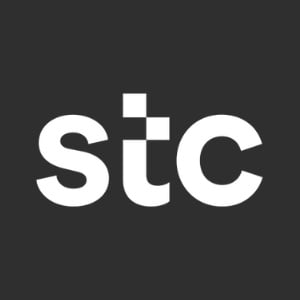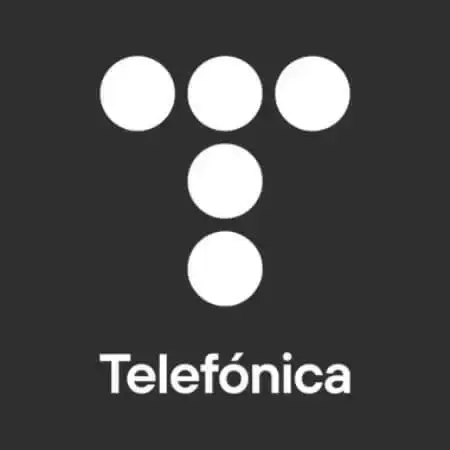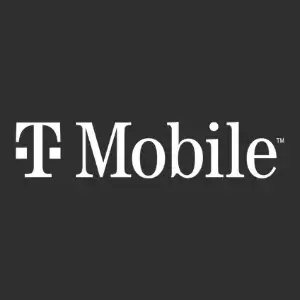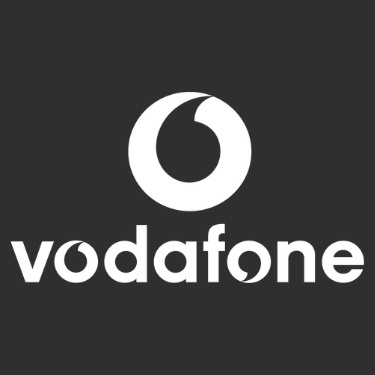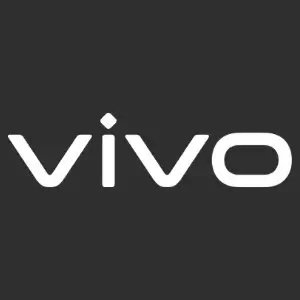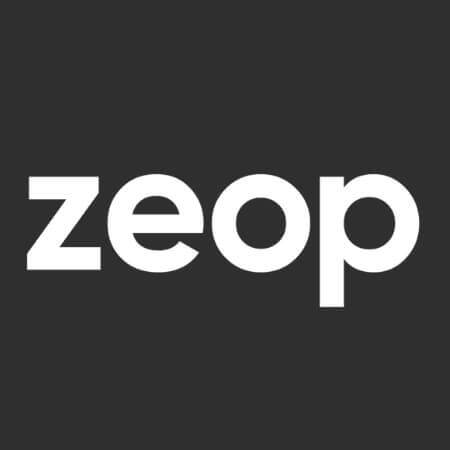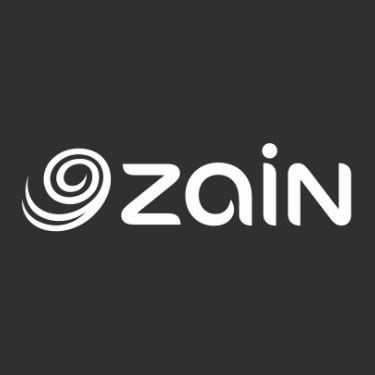Our technological mistakes take lives every day in France
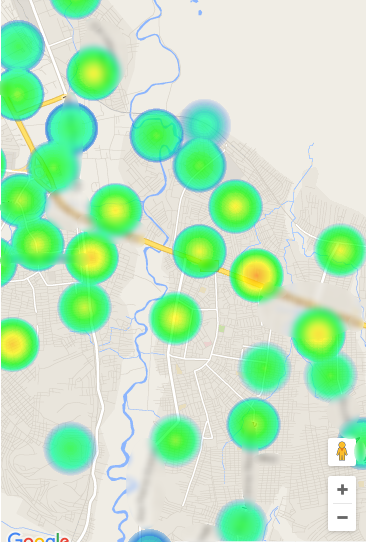 Our technological mistakes take lives every day in France" />
Our technological mistakes take lives every day in France" />
As the date of May 11th approaches, the organization of the end of quarantine raises every day its share of difficulties and challenges to be met. One of these priorities is the “Stop Covid” application, on which the government is working hard. Designed to allow end of quarantine in the best conditions, "Stop Covid" can be downloaded by each of us on our mobile, on a voluntary basis and anonymously. But if the government seems to have won the battle of opinion on the use of this application, it still has to demonstrate that its use will save lives and to specify which strategy the application will serve as recalled by the CNIL in its opinion given Sunday morning.
Ineffective Singaporean and Israeli "StopCovids"
Unfortunately, it is estimated that the Singaporean TraceTogether app. only highlights 3% to 5% of contamination from an infected patient to a healthy patient. Due to a poor download rate (one sixth of the population), only made for holders of a smartphone (77% of the population approximately in France); and to a psychological obstacle to declare themselves sick on the application. As people affected are not sure how the information about their condition will be used in the prevention strategy, or even wonder about the consequences (in terms of access to public transports, taking out a mortgage, etc.), one can easily imagine that the efficiency rate drops to 1% or 2% in a less disciplined context like in France.
Israel, which was carefully monitored at the start of the epidemic and which has made a comparable application its spearhead in the fight against the virus, is now under pressure from public opinion. TV shows come up with new anecdotes every day that show the aberrant limits of the system: pizza deliverers see their application spot ten resident phones each time they enter a condominium. Without ever being in contact with the occupants, if one of the occupants is sick, the delivery man himself is considered as sick by the app. and his application then "contaminates" those of other residents. In a country that uses technology in a restrictive way, this pushes a large fraction of the population to an unjustified quarantine.
Considering these misadventures, some governments give up. The Netherlands have just given up on the development of the application for technical issues. It takes the cooperation of Google (for the Android system) and Apple (for iOS) for the Bluetooth data to reach the application permanently. This requires an update of the entire fleet of smartphones. The two American giants propose to create a native system in their OS which will create a database of frequented contacts. Then each smartphone user will be free to download a governmental application which will make use of it, or not ... The potential monopolization of our private relations in the physical world by the GAFA is an additional red line to which certain European governments begin to oppose a veto.
A "weather map" of the circulation of the virus, as in South Korea?
Is using technology to help with this crisis a waste of time? No, and paradoxically we should turn to the countries that have the best control of the epidemic to find the solutions. South Korea, in particular, a democratic country in Southeast Asia, has developed a strategy based on a health pillar and a technological pillar. The health pillar is elementary: systematic use of masks, profuse hydroalcoholic gel, telework, social distancing, restriction of movement, and above all systematic and large-scale use of screening tests in order to break the chains of contagion. The technological pillar is also instructive.
Location data is actually used, but not to trace contacts (it is technologically impossible on the basis of geolocation whatever the source). A weather forecast for the circulation of the virus is compiled and updated by the authorities. The location data of the infected people are extracted every day by the telecommunications operators in order to reconstruct their routes in a completely anonymized way. Each district thus receives an evolving score, according to its frequentation by sick people during the last two weeks. The health authorities may map the whole country, both thanks to information calculated automatically by algorithms but also to additions and corrections done by humans.
Better involve telecom operators
Thanks to this public knowledge database established by the State using data collected from patients and immediately anonymized (we never keep the identity of the location points noted), a "virus weather report" is made available to citizens. Anyone can consult it via an app. or can subscribe to an SMS notification. It thus becomes easier to adapt your degree of quarantine to exposure to the virus in your neighborhood. Likewise, authorities identify new clusters at a very early stage and can decide on quarantine measures, curfews, or administrative closings of shops or public places. South Korea is currently reporting fewer than 20 new cases a day and the death toll has remained below 300 in total since the start of the pandemic. So why don't we put similar health and technological resources within the European Union? Our telecommunications operators have recently shown that they have the technology to conduct anonymous surveys. It would be advisable to seize it and to exploit them in a systematic way to come out at best and as quickly as possible of this epidemic which we have already taken too long to try to stem.
South Korea is currently reporting fewer than 20 new cases a day and the death toll has remained below 300 in total since the start of the pandemic. So why don't we put similar health and technological resources within the European Union? Our telecommunications operators have recently shown that they have the technology to conduct anonymous surveys. It would be advisable to seize it and to exploit them in a systematic way to come out at best and as quickly as possible of this epidemic which we have already taken too long to try to stem.
Intersec GMLC
High-quality Android, iOS, or hybrid solutions translated into great results.
”Marie Dupont
CEO

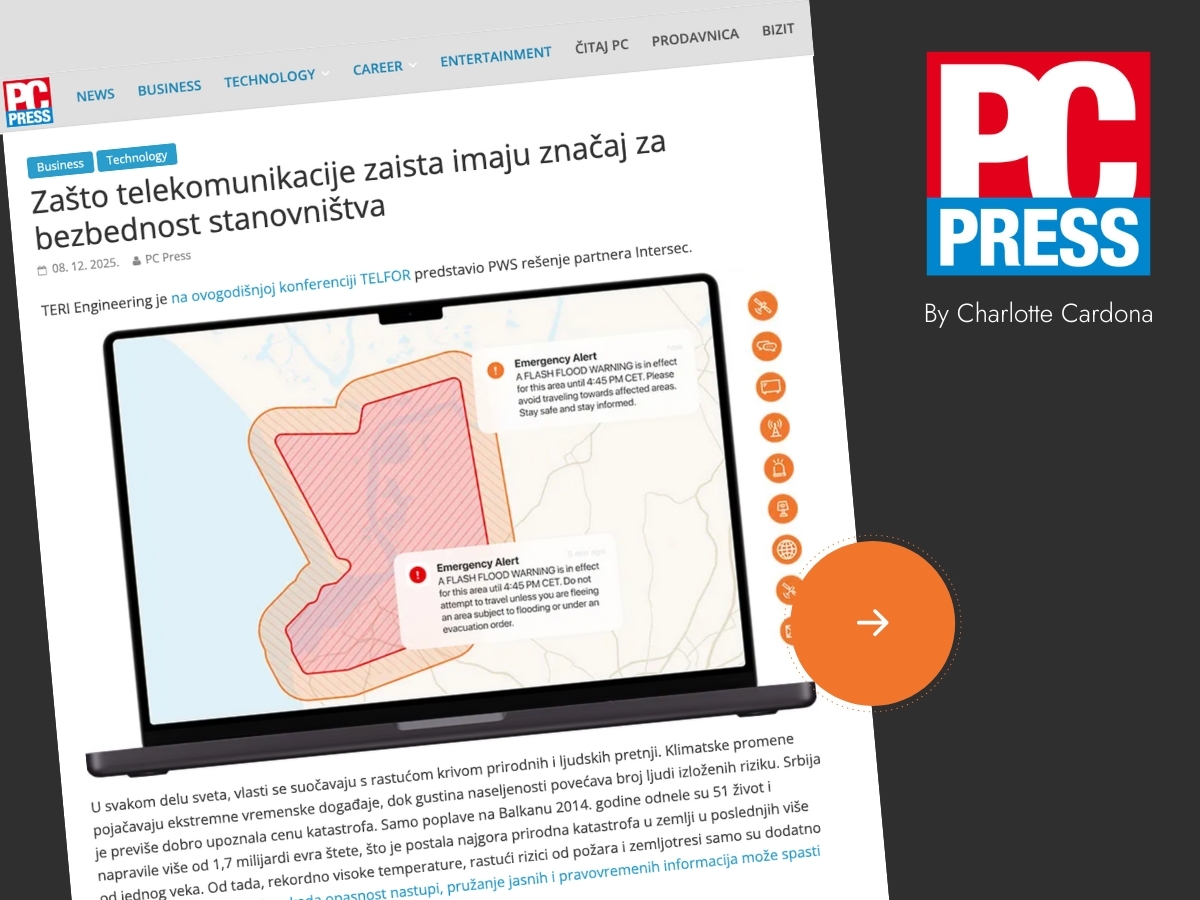

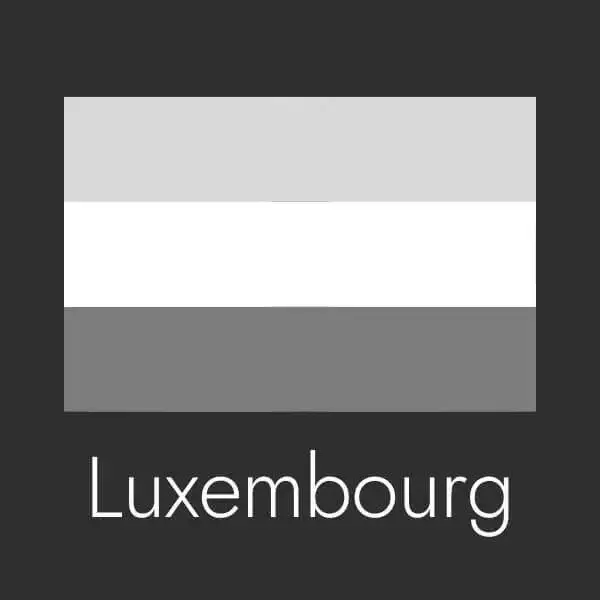
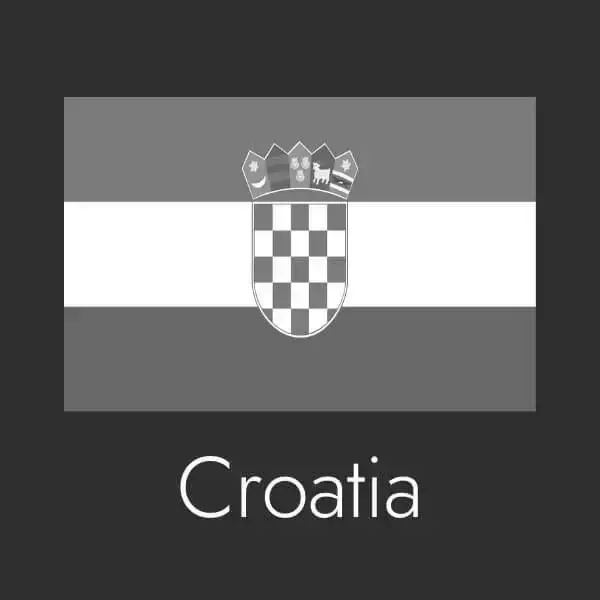
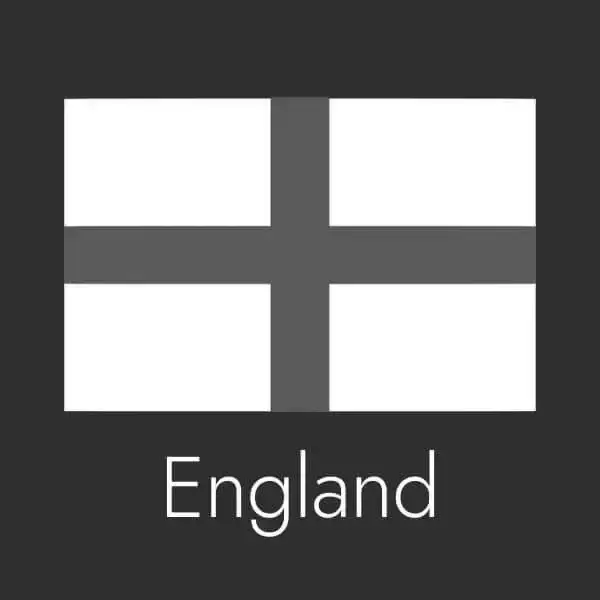
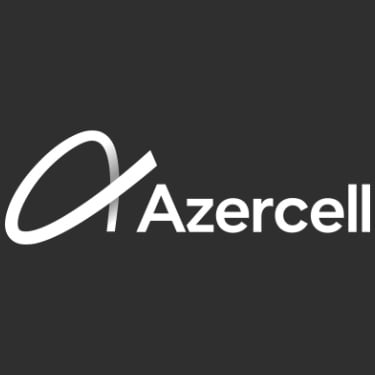

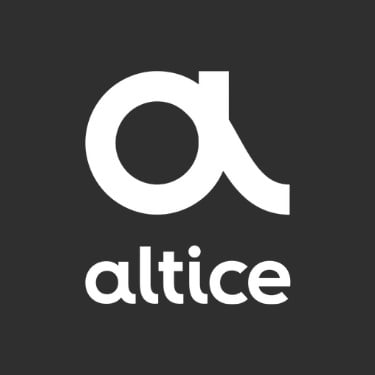
.webp)
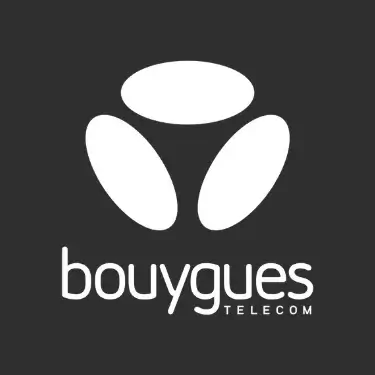

.webp)

